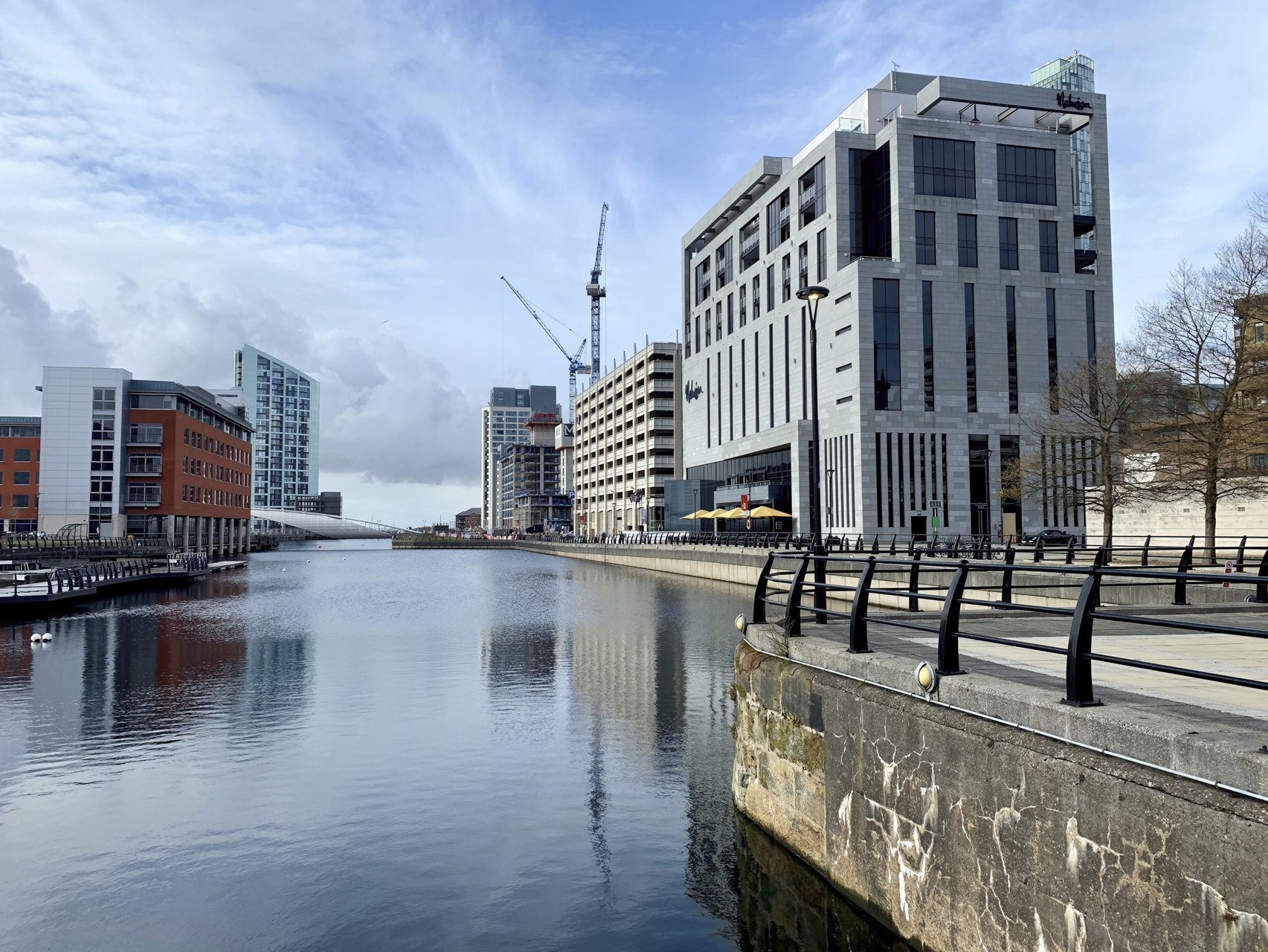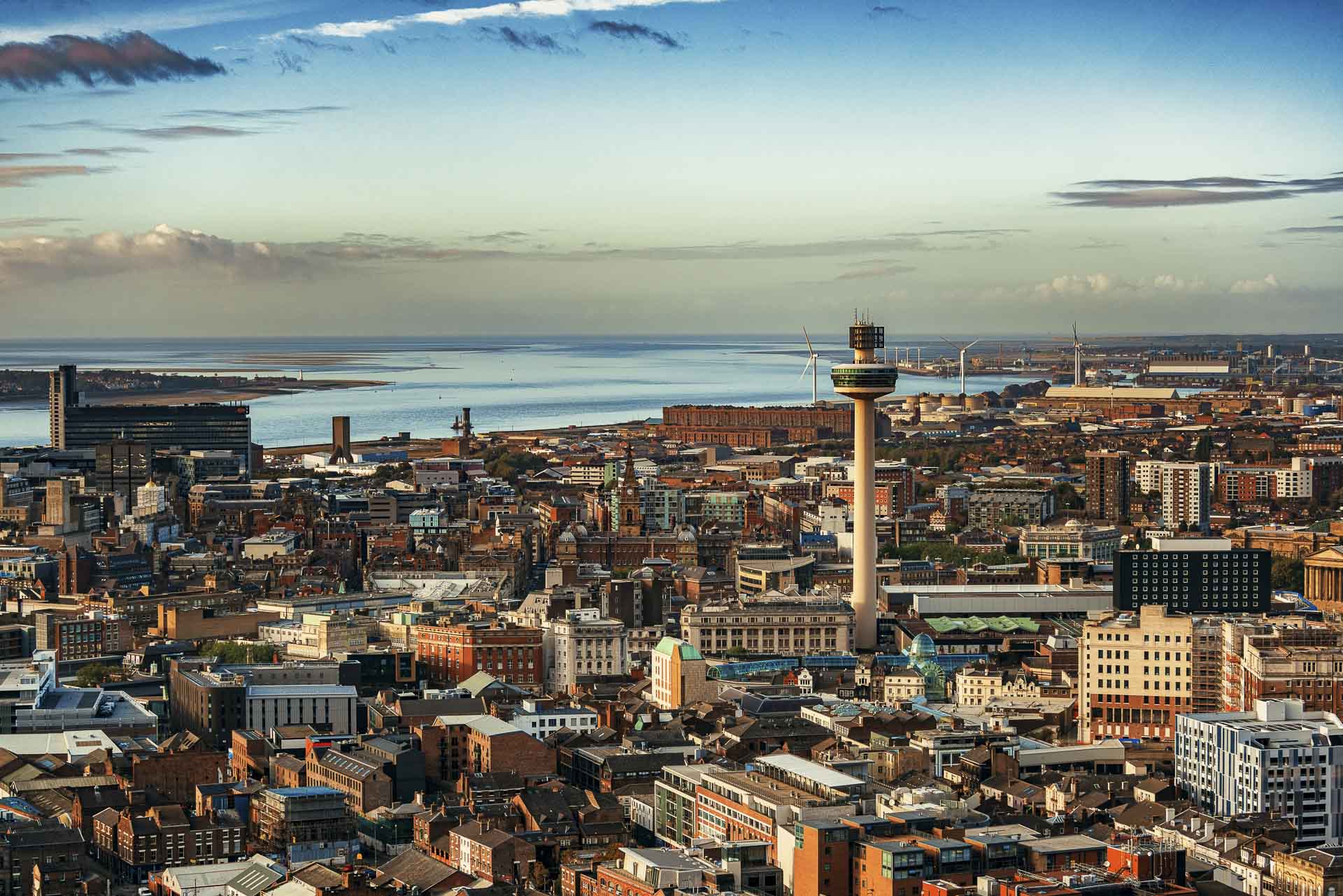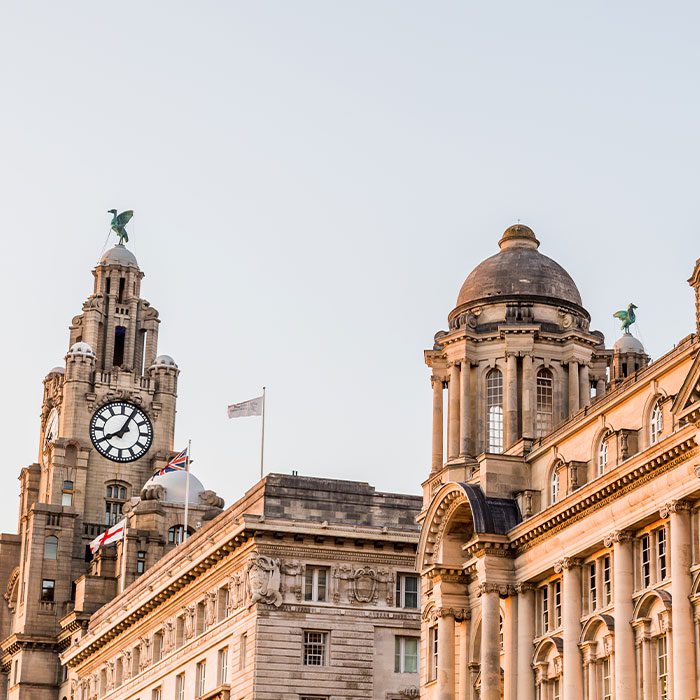How the Atlantic Gateway Strategy is Set to Transform the North West
According to some, Liverpool and Manchester’s historic rivalry kicked off with the opening of the Manchester Ship Canal in 1894, resulting in job losses at Liverpool’s port. But thanks to the ongoing Atlantic Gateway Strategy, these two competing maritime hubs are well on their way to becoming more connected and reaping the mutual benefits.
The Atlantic Gateway is a comprehensive regeneration plan that is set to transform economic prospects in the North West, focusing on the Manchester Ship Canal between Salford and Liverpool. Driven primarily by the private sector with some public support, this investment will see £50 billion poured into the strategic corridor over 50 years, delivering 50 projects across the region.


What is the Atlantic Gateway Strategy?
The Atlantic Gateway is one of the most expansive and expensive regeneration projects in the history of the UK. It launched in 2008 to form a long-term vision for the corridor between Liverpool and Manchester, with a plan to redevelop various brownfield sites and breathe new life into disused areas.
The mega project is headed by the Peel Group, one of the leading infrastructure, transport and real estate companies in the UK. They are responsible for many previous regeneration projects of a similar scale throughout the country. Peel Group’s contributions to the broader Atlantic Gateway project are known as Ocean Gateway.
The ambitious scale of the project means that a wide swathe of the North West looks set to benefit, including key northern cities like Liverpool, Manchester, Cheshire, and Warrington.
The strategy is made up of 50 individual projects of varying size. This includes Wirral Waters, Liverpool Waters, Trafford Waters, and Manchester Waters, among many others.


Why was the Atlantic Gateway Strategy Implemented?
The idea behind the Atlantic Gateway is to create a long-term vision for the strategic corridor between Liverpool and Manchester along the Manchester Ship Canal. The plan aims to balance the disparity between the North and South of England when it comes to commercial and business opportunities and is considered part of the wider Northern Powerhouse government initiative.
By allowing goods transportation in the North via sea and canal rather than by road, it is hoped that the scheme will ease road congestion and create thousands of jobs in the region.
Another objective of the Atlantic Gateway scheme is to promote sustainability and renewable energy. Some of the projects involve investing in tidal energy, biomass energy and waste-to-energy options.


What Does the Atlantic Gateway Strategy Mean for Liverpool?
Liverpool is already a city brimming with investment opportunities, and the transformative regeneration projects promised by the Atlantic Gateway Strategy are set to raise the city’s profile even further. Why not read more about the buy to let sector in Liverpool or the guide detailing other buy to let houses available in 2023?
There are schemes implemented at both the Port of Liverpool by Seaforth Docks and the waterfront area in and around the city centre.
Liverpool Waters is a massive regeneration project with an estimated value of £5 billion that will target areas in and around Liverpool’s historic dockland. The planned mixed-use city district will become home to innovative residential, commercial and retail units, making it a location perfect for living, working, and playing.
Increased interest in Liverpool’s dockland area will help bring more tenant demand to the location, attracting more young professionals and students. This is likely to subsequently raise the average rent in the dockside’s proximity, boosting rental yields for buy-to-let property investors. Read about some of the best property investments on offer in the UK with the RWinvest guides.
Developers have already anticipated this regeneration-aided boom, and exciting properties, such as The Gateway, are already under construction around Liverpool’s waterfront and business districts.


When Will the Atlantic Gateway Project Be Finished?
According to Peel Group, the Atlantic Gateway will encompass 50 projects over 50 years. It was established in 2008, and so far, over £5 billion of investment has been delivered. Some projects have been completed, such as the RHS Garden Bridgewater that opened in May 2021, while most are ongoing or in advanced planning stages. Schemes such as Liverpool 2 are opened and operational while continuing improvements are being made.
The first ten years of the strategy have already delivered more than £5 billion of private investment, creating 21,000 jobs, 2700 student places, and 5,000 new homes.
However, the Coronavirus pandemic has delayed some aspects of the Atlantic Gateway, which is likely to push back overall completion.
For more information on the plans for the individual regeneration projects involved, take a look at our Liverpool Waters and Wirral Waters guides.








